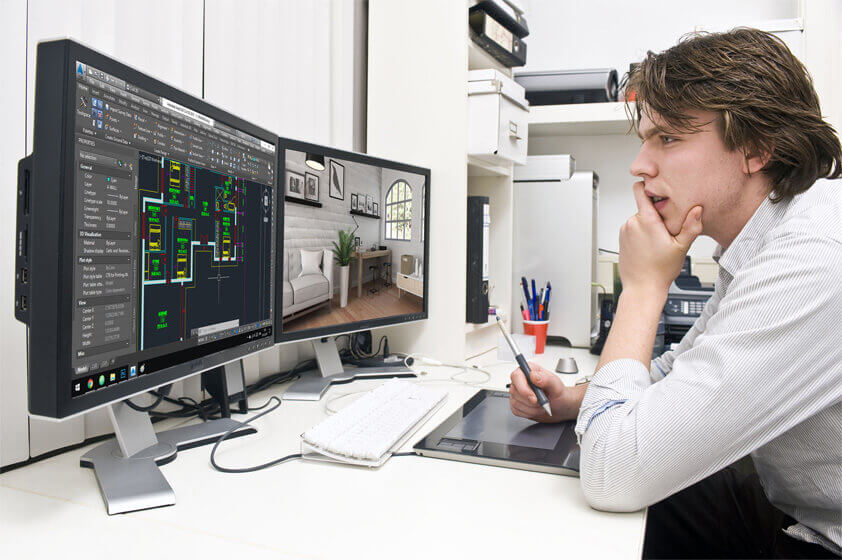What is BIM?
Building Information Modeling (BIM) is the process of creating and managing 3D building data during the process of its evolution. BIM is a complex process comprising of multiple phases that collects inputs from team members to design the components and tools that will be utilized during the construction process to create an exclusive perspective of the building process.

The 3D process is aimed at achieving savings through collaboration and visualization of building components into an early design process that will dictate changes and modification to the actual construction process. It is a very powerful tool which when used properly will save money, time and simplify the construction process.
BIM is Not Only for Architects:
Over the years the industry has advertised BIM towards architectural related experts, still, the real purpose and benefits of BIM relate to all construction industry professionals.
Building Information Modelling creates a trustworthy digital portrayal of the building available for choosing designs, top-notch construction document generation, construction process planning, performance forecasts and cost estimations.
Besides, BIM can also be used by the property owners, once the construction process has ended, to carefully monitor how the building is performing and to complete repairs efficiently.
The building information modeling process covers mathematical geometry, space, illumination, topographical information, quantities and building component properties. BIM can be used to demonstrate the entire building life cycle, including the processes of construction and facility operation.
Features of Building Information Modeling (BIM) Applications:
The BIM application process can be applied to design and architecture process creating a vivid picture used for better and more integrated designs.
The software will be used to envisage issues and coordination between different contractors and as a way to generate construction documents and process that will later be implemented during the physical process.
It is optimal when there are various trades executing at the same point of time or when schedules are compressed.
There are varied applications for BIM and therefore it can be used by any of the following groups:
- Architecture
- Sustainability
- Structures
- MEP
- Construction Management
- Utilities
- Road Construction
- Scheduling
- Property Management
Benefits of BIM:
Here are certain reasons why you need to use BIM in your next construction project.
- BIM offers a way to work concurrently on most aspects of building life cycle process.
- Offers a way to change traditional architectural phases and data sharing.
- The modeling process incorporates all the definite construction fragments and portions
- It can be used as a tool to estimate and complete construction cost projection
- Used to monitor actual building performance data
- The software can be used to collect data on warranty, aging, defects and installation time
- Used to find out whether a temporary construction set up is needed
- Can be used to sequencing planning or finding how the project phases should be scheduled.
- Detect or avoid construction and design issues early in the game preventing change orders and unforeseen conditions
- Reporting, scheduling and submittals can be part of the BIM process and communication will be greatly enhanced
